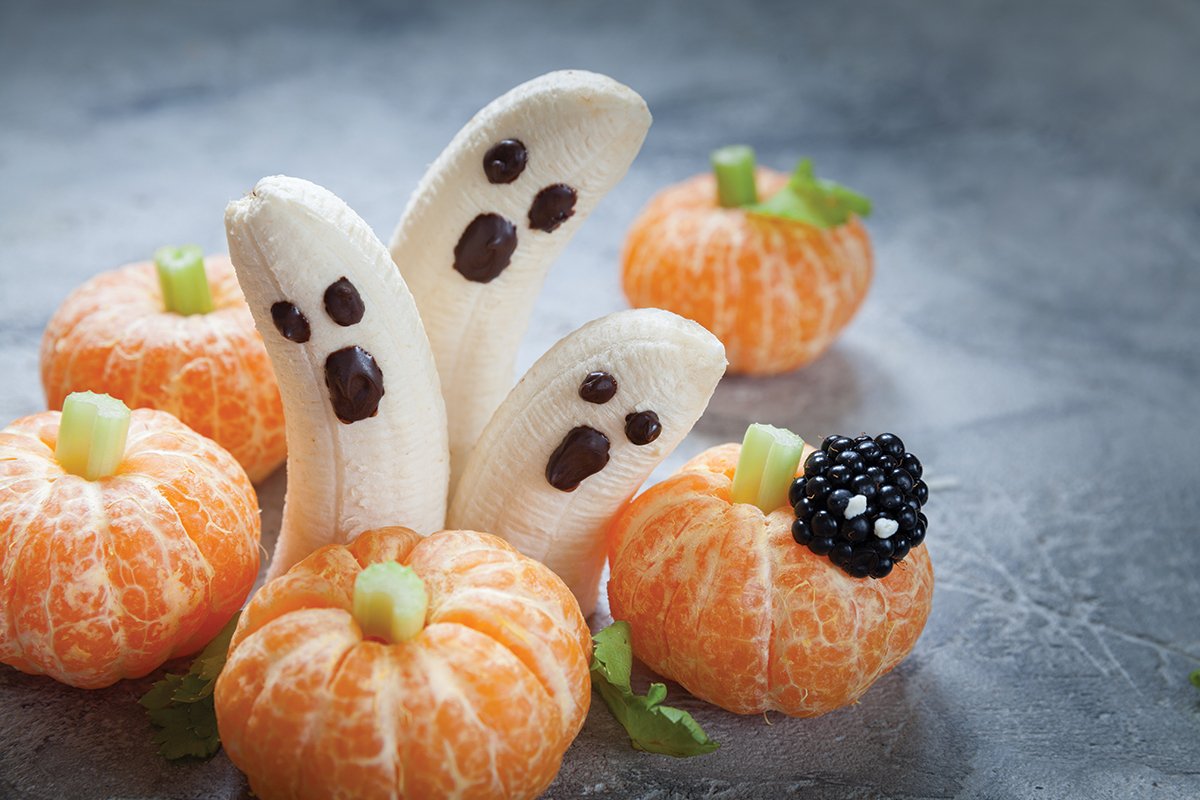
A baby’s gummy smile is so adorable, parents will do just about anything—like making funny faces or singing silly songs—to see it. And once they’re through the milk-only phase of life it can be tempting to offer a sweet treat or two to tease that smile out.
But a new study from the Centers for Disease Control and Prevention cautions that some toddlers are getting more sugar than they should be. The study, released in June, looked at data from a group of 800 6- to 23-month-old babies and found that, on average, 19- to 23-month-olds consumed 7 teaspoons of added sugar per day—one teaspoon more than what the 2015-2020 Dietary Guidelines for Americans recommends for children ages 2 to 19 years old and women; men may have 9 teaspoons.
That desire for sugar is rooted in evolution says Dr. Russell Libby, the founder of Virginia Pediatric Group.
“Sweetness is a flavor that our taste buds highlight, and it is often assumed that is because we’ve learned that a lot of things that are sweet are safe to eat,” explains Libby, whose practice has offices in Fairfax, Herndon, Great Falls and South Riding. “When you have a baby and you give them a taste of something that’s sweet and their face lights up, that is that intrinsic instinct to respond to something that evolutionarily has been necessary for their [tissues’] growth and development.”
That means that a little one’s inclination to eat sugar is natural, peaking somewhere around 5 years old.
But those needed natural sugars should mainly come from whole foods—fruits, vegetables and whole grains—and through breast milk’s lactose, which offer health benefits not found in processed foods’ added sugar. It’s the hidden added sugars that many consumers—even parents trying to feed their baby a healthy diet—find can add up and tip the scales over the recommended daily allotment.
“Rice cereal seems to be a big focus for [parents] as a first solid food, however it is a highly refined, sugar-dense product,” says Libby.
Most baby formulas don’t have enough added sugars to worry about, he notes, but encourages parents to always read labels before giving their child a snack or juice.
“Whether it be honey, agave nectar, cane sugar, raw sugar, brown sugar, as much as we might like to say that they are better for you, it just reduces down to added sugar,” he says.
One teaspoon of sugar is equivalent to 4 grams and 16 calories, which, when consumed in excess, can lead to obesity, cavities, diabetes and pre-diabetic problems like hypertension, coronary artery disease and arthritis in adulthood. Though a sugar “addiction” has not been, like a drug addiction, neurochemically established, consuming sugar has become habitual.
While Libby acknowledges that “kids’ instinct is to eat sweet,” he advises that in the first year of life, parents stick to whole foods like pureed fruits or steamed vegetables, and persist and retry foods that don’t initially produce that beloved happy baby face.

Healthy Halloween
In an ideal world, we’d all eat a 100 percent healthy diet. But with Halloween on the horizon, many kids (and adults) will be eating candy out of a pumpkin bucket for days. Dr. Russell Libby, founder of Virginia Pediatric Group, and pediatric dietician Brittany Cines, founder of Fairfax’s Capital Pediatric Nutrition, share their tips for a healthy—but still sweet—Halloween.
“It’s never productive to restrict a child from eating sweets and enjoying the holidays and the traditions that surround it, so rather than putting too much emphasis on ‘Don’t eat this,’ ‘Don’t eat that,’ offer a balanced meal first, and then there is always an opportunity for dessert.” –Cines
“Having been a kid and had kids who worshipped the holiday for that opportunity to escape into that world of sugar, as frustrating as it can be, try to find snacks that are more healthy. Make them have some nuts or dried fruit, or try to find other little prizes that kids might like, like little games or toys.” –Libby
“Splitting a piece of birthday cake is very appropriate, or if they’re trick-or-treating, let them have a few pieces and then save the rest so they can enjoy Halloween for a couple months.” –Cines
“Give them quarters, give them a dollar bill, throw them some alternatives to the food because they will get a lot of it.” –Libby




